With multitasking, you’re doing more than one task at a time, so it seems like you’re boosting productivity.
If you’ve tried to multitask, you might have noticed that you actually get less done but with more stress.
Not only is multitasking inefficient but in the digital era, it’s creating a mental mess for many of us. Barraged with constant notifications and information overload, our attention spans are shorter than ever. Stress and burnout from taking on too much are taking productivity away.
That’s why many professionals are turning to the art of single-tasking — focusing deeply on one thing at a time.
In this article, we tell you why this practice matters and how to implement it in your life and workplace in our hyper-digitized (and distracting) world.
Single-tasking vs. multitasking
Single-tasking is the practice of dedicating one’s full attention to each task. The aim behind it is to increase productivity or efficiency. Giving your undivided attention to one task allows for deeper engagement without distraction.
An example of single-tasking would be designating an hour of your schedule to perform deep work on a project.
Multitasking, on the other hand, is the act of doing more than one task at once. It can involve two strategies:
- Juggling several tasks simultaneously
- Rapidly switching between tasks
The aim of multitasking, ironically, is also to increase productivity or efficiency by fitting a ton of work into a single day. It’s common in both the professional and personal worlds.
Examples of multitasking include checking emails while on a conference call and listening to a podcast while doing the dishes.
The problem with multitasking
The problem with multitasking is that it often doesn’t work as well as we think it does.
Multitasking has been shown to increase cognitive load, overwhelming the brain with multiple streams of information. Cognitive load refers to the mental capacity required to do the following:
- Perform tasks
- Learn new information
- Solve problems
This divided attention can impact efficiency, error rates, and task completion. In other words, multitasking can lead to a lower quality of work across tasks.
Studies have also found that the pressure to multitask can elevate stress, possibly leading to emotional exhaustion and even burnout. This degree of stress affects both our professional performance and our personal well-being.
Is multitasking ever okay?
Before we dive into the benefits of single-tasking, it’s important to note that multitasking isn’t always a bad idea.
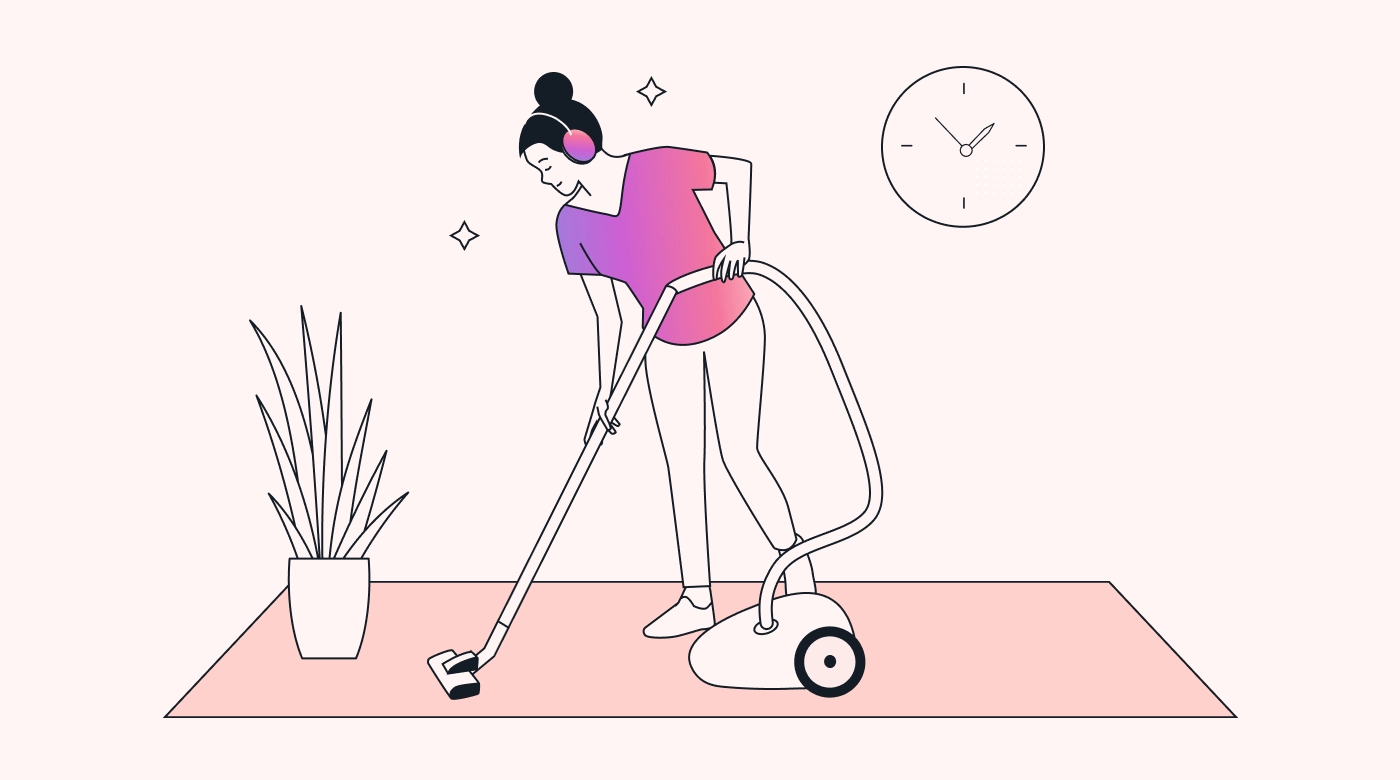 |
When performing routine tasks that require little thought, multitasking can be quite effective. Here are some more examples:
- Doing laundry while listening to an online course
- Attending a walking meeting
- Planning your day during your commute
Multitasking can also be useful for creative processes. For instance, switching between painting and writing can help you avoid writer’s block and keep your mind fresh.
The benefits of single-tasking
In a world that celebrates multitasking, the benefits of single-tasking are often overlooked. But there are a few key reasons you should incorporate focused attention into what you do:
Enhanced productivity
Single-tasking allows for deeper concentration on the task at hand. It frees you from the distractions and cognitive load associated with multitasking.
The elimination of constant task-switching means that more energy is spent on productive efforts. You don’t have to regain focus after each interruption. You may even find that you complete your tasks faster.
For example, a policy analyst completing a report could break it down into steps: researching, outlining, drafting, and revising. They could then tackle each step with a singular focus, proceeding more efficiently than if they had tried to do two things at once.
Reduced stress
According to a recent study, single-tasking doesn’t create the stress response in the body that multitasking does. And this has profound psychological benefits, including lower anxiety.
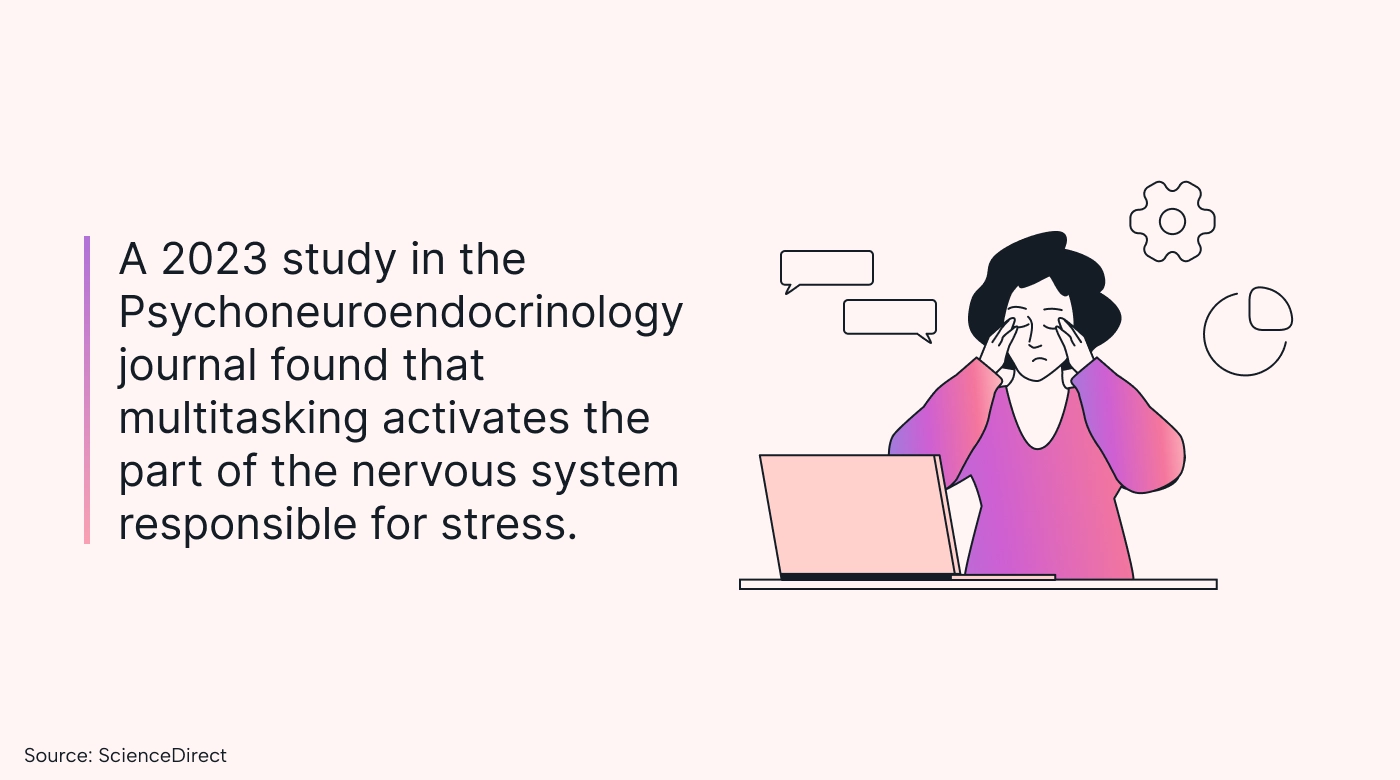 |
For example, a business professional might have previously started their day by checking their emails, listening in on a meeting, and planning out their day.
While being pulled in so many directions, they may have felt chaotic and exhausted. But by switching to single-tasking, they allotted specific times to focus on each task and complete them effectively.
Greater satisfaction
Engaging deeply with one's work or personal tasks can increase job satisfaction and personal contentment. A sense of accomplishment and control comes with achieving outcomes and managing your task load. It also creates a healthier work-life balance, contributing to overall well-being.
For example, a graphic designer might have previously switched between multiple projects during a work session. However, that led to burnout and them feeling like they never completed anything.
By changing to single-tasking, they not only accomplish tasks more quickly but also enjoy the creative process more.
4 tips for single-tasking effectively
Let’s explore how we can set ourselves up for success and make single-tasking effective for the long haul:
1. Set priorities
Setting priorities is key to single-tasking. Identify the high-value tasks that are most worth your time and the tasks that don’t ultimately matter.
One effective tool to help you tell the difference is the Eisenhower Matrix, which categorizes tasks by how urgent and important they are.
For example, a project manager might have many items on their to-do list. They may need to finalize a project, catch up on their emails, and prepare for a staff meeting. But most urgent and important is wrapping up their project. With their priorities established, they can single-task effectively.
You can also prioritize based on your energy level. Your most demanding tasks may be best scheduled right after lunch or first thing in the morning when you’re fresh.
2. Minimize distractions
Creating the right environment is pivotal for single-tasking. A distracting environment results in a distracted worker.
So, design your workspace in a way that reduces interruptions and distractions.
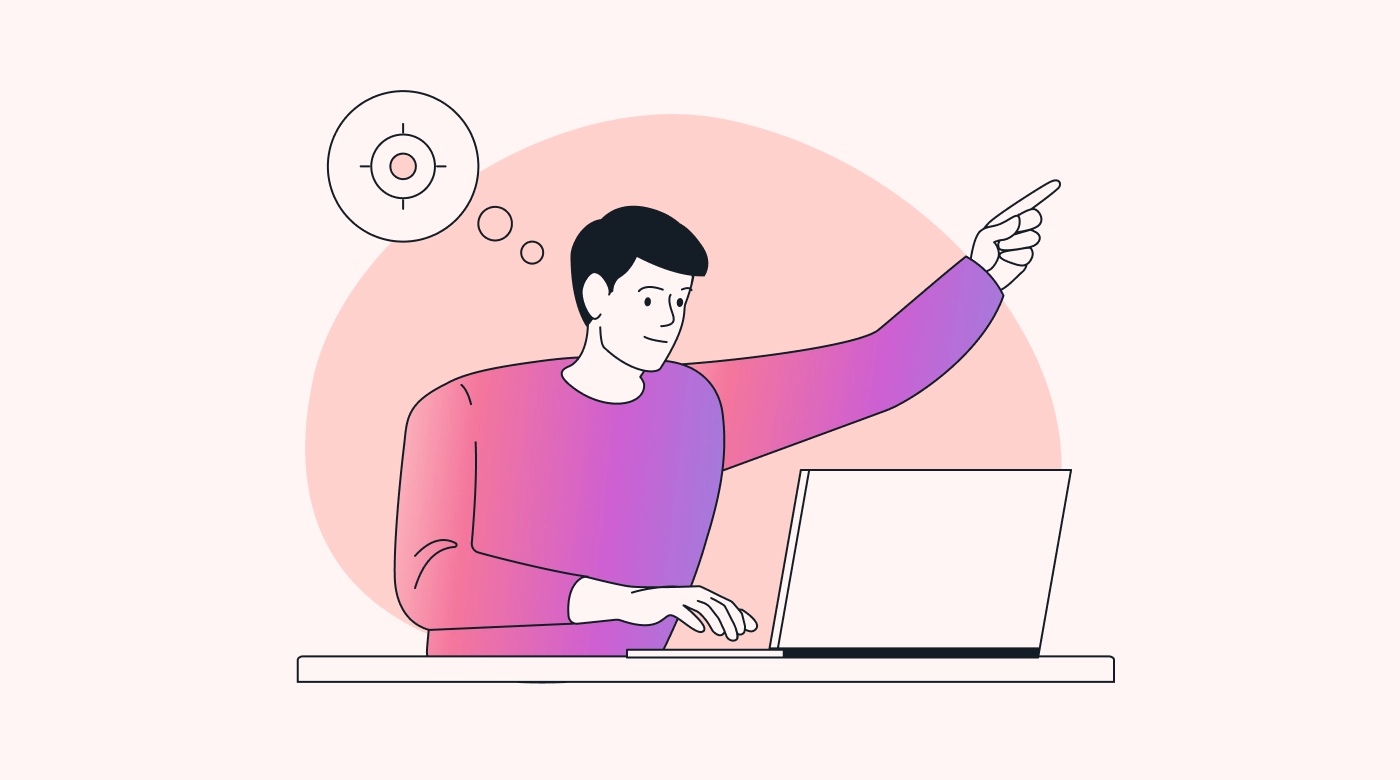 |
You may want to incorporate natural elements, such as plants or a small fountain. Or maintain a clean, minimalist work area to help prevent a cluttered mind.
Here are some of the distractions you’re up against:
- In in-person workplaces: Noise from coworkers, frequent meetings, and constant notifications.
- In remote workplaces: Scrolling social media, shopping online, and completing chores.
To learn the types of distractions that tend to break your concentration, perform a “distraction audit.” Take note of interruptions throughout the day so that you can find patterns and then solutions.
There are many apps and software tools out there designed to help maintain focus. They can block distracting websites during work or track your time and offer detailed reports of how you’ve spent it.
Another option is to use paper notes for reminders and brainstorming to avoid getting sucked into apps and websites through digital devices.
3. Use time management techniques
Once you’ve set your priorities and workspace, it’s time to harness the power of time management.
Here are the best time management techniques for single-tasking:
- Pomodoro Technique: Working in focused intervals of 25 minutes followed by a 5-minute break.
- Focus sprints: Predetermined, short durations (20 to 90 minutes) of intense work on a specific task, followed by a scheduled break.
- Flowtime technique: Flexible work sessions that extend as long as focus and efficiency are maintained. Breaks are taken based on personal fatigue.
- Time blocking: Setting aside specific chunks of time on your calendar for distinct activities or tasks.
- Task batching: Grouping similar tasks together to be completed in a single focused session, reducing the need for task switching.
- Task layering: Combining certain tasks that can safely be multitasked, for instance, pairing a mental activity (a meeting) with a physical one (walking).
Another strategy is the 2-minute rule, where, if a task can be completed in two minutes, you do it right away.
Or schedule time for daydreaming or mind-wandering. This exercise can refresh your mind as you dive back into your work.
4. Make single-tasking a habit
Turn individual single-tasking sessions into a continued habit.
It’s best to begin with short, manageable periods of focused work. You can gradually increase the length and frequency of these sessions as your concentration improves.
Break large tasks into microtasks for bursts of productivity. You’ll have quick “wins” and a more manageable workload as a result.
Or keep a productivity journal to keep track of what works and what doesn’t. Track the type of task, time of day, and your results in it. Use this data to optimize your approach to single-tasking.
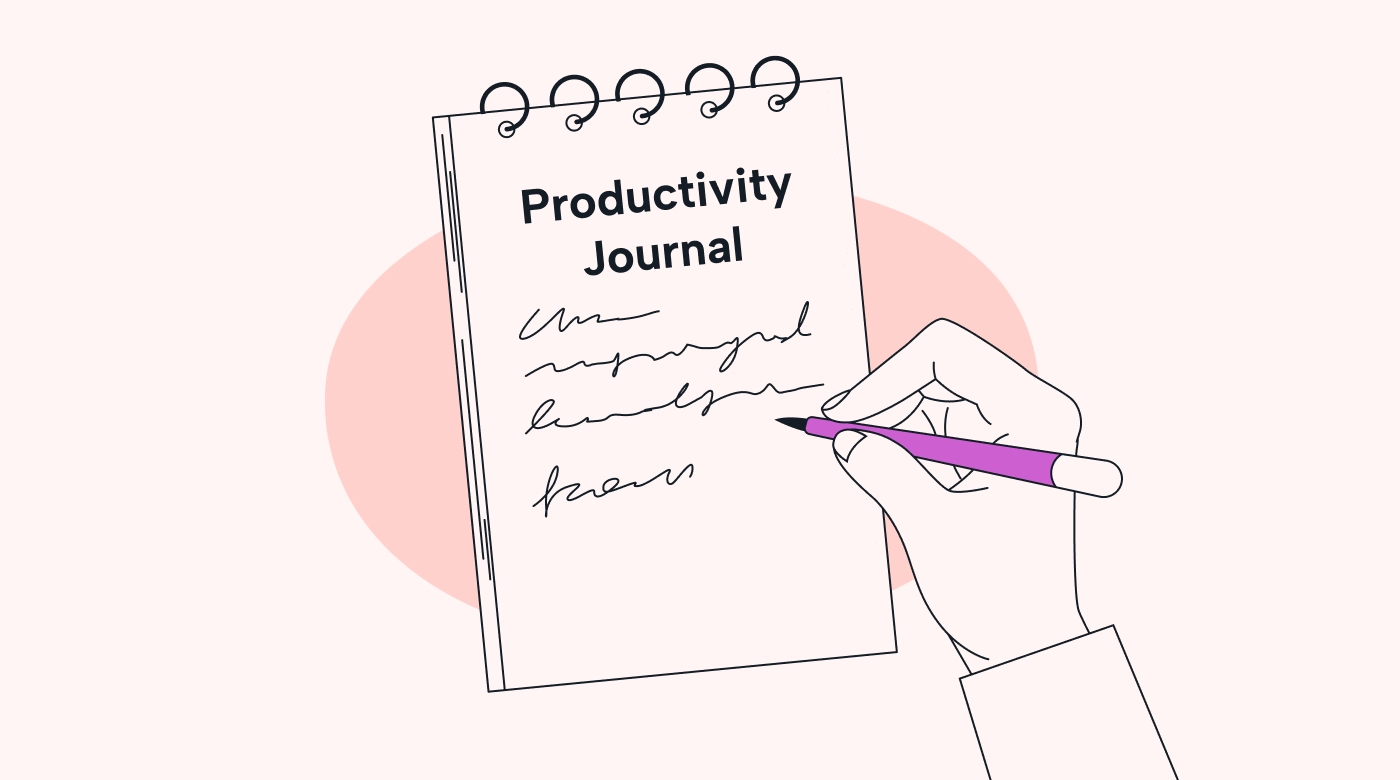 |
You can even have a pre-task ritual, such as meditating, stretching, or drinking a cup of tea or coffee to signal to your brain that it’s time to focus. Or pair tasks with sensory cues, such as specific scents or background music.
Establishing a routine can free up your mind and better serve your well-being.
Single-tasking in the digital age
The ability to focus deeply is a critical skill we often leave behind in a sea of overthinking and multitasking. In fact, scientists have found that attention spans are shorter than they used to be. That’s because, for one, many of us are barraged with messages, updates, and emails, reducing our ability to concentrate.
But this doesn’t mean technology is the enemy. In many ways, it’s essential. We just need to build digital resilience, where we can both remain focused and overcome digital distractions when we need to.
Let’s explore some specific strategies for single-tasking in today’s world. Some of them leverage technology, and others improve focus without it.
Leveraging technology for single-tasking
When used wisely, technology can be a powerful companion for single-tasking. Here are several tools and strategies that can help:
- Productivity apps: Tools like Focus@Will provide music optimized to boost concentration. Forest is another useful app that gamifies focus.
Motion is a great option. It’s more than just an AI calendar assistant — it consolidates workflows into a single platform. This means you can sink deeply into a task without disorganization and tool sprawl.
There are also apps for focus timers, distraction blockers, and mindfulness that can facilitate a clear mind and workflow for single-tasking.
- Notification tools: Smart management of notifications is crucial. Customize your smartphone and computer to notify you of only critical information — not the constant unimportant issues that fragment your attention.
- AI and automation: AI tools can handle repetitive, low-value tasks. This frees up your mental space and time to engage deeply with tasks that require creativity and higher-level thinking.
Remember, a key part of single-tasking is challenging traditional notions of productivity. Your focus should not be on how many tasks you complete but on the quality of work you finish through single-tasking.
Enhancing concentration without technology
Digital minimalism is the practice of only using technology that’s essential to productivity. Proper use of technology means knowing which tools are helpful and which are best avoided.
In other words, while technology is an essential part of how we work now, to be most effective, you have to have balance.
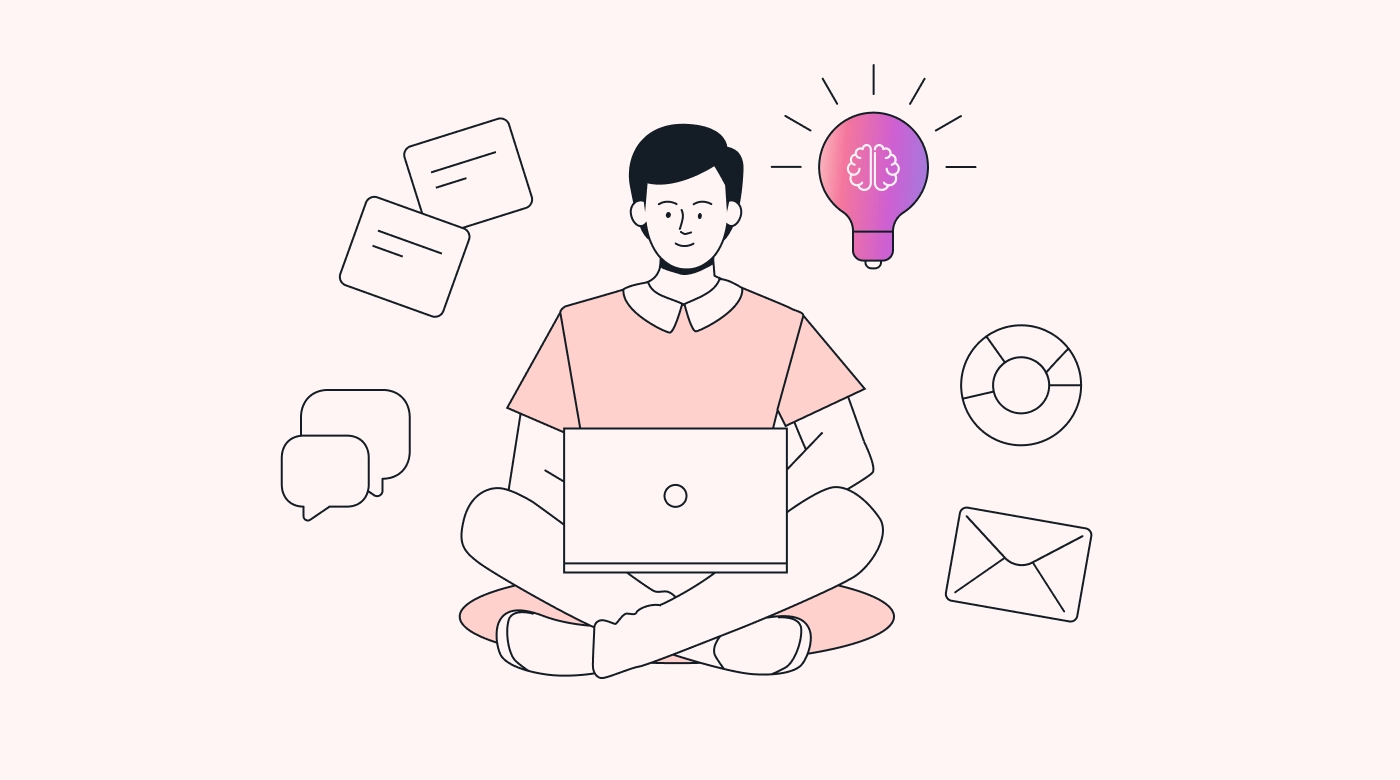 |
Here are some of the best non-tech strategies for single-tasking:
- Mindfulness and meditation: Regular practice of mindfulness exercises or meditation has been shown to help create a sharper mind and less stress. Focusing the mind on the breath or a mantra is the perfect training ground for single-tasking.
- Digital detox: We’re surrounded by so many devices that it’s helpful to be intentional and carve out time when you unplug. Actively choose blocks of times when you’ll ignore all notifications and spend time away from your phone or computer.
- Nature breaks: Spending time in nature helps us slow down and release ourselves from overthinking. A simple walk in the park or sitting in a peaceful area outside are great ways to tap into this power.
- Deep thought and reading: Set aside dedicated times for in-depth reading or contemplation. This not only strengthens concentration but also enhances comprehension skills.
- Creative breaks: Engage in creative activities, like drawing or writing poetry, to rejuvenate your mind and encourage innovative thinking.
Boost focus and productivity with Motion
Now you know all the possibilities with the art of single-tasking. For most tasks, it’s the best productivity method. But, as mentioned, there are some combinations of tasks that work for multitasking, too. Experiment with the techniques above and find the right workflow for you.
If you’re considering tools to support your journey, look no further than Motion. It’s an advanced task manager that uses AI to optimize your schedule. It’s a central hub for project and task management, team communication, and more.
Discover how Motion helps teams become 137% more productive. Try Motion for free today!

Jared Posey is a business, SaaS, and productivity freelance writer with a passion for conencting readers with high-quality content. When he's not polishing up a sentence or conducting SERP research, you'll find him making his kids laugh and his wife shake her head.




